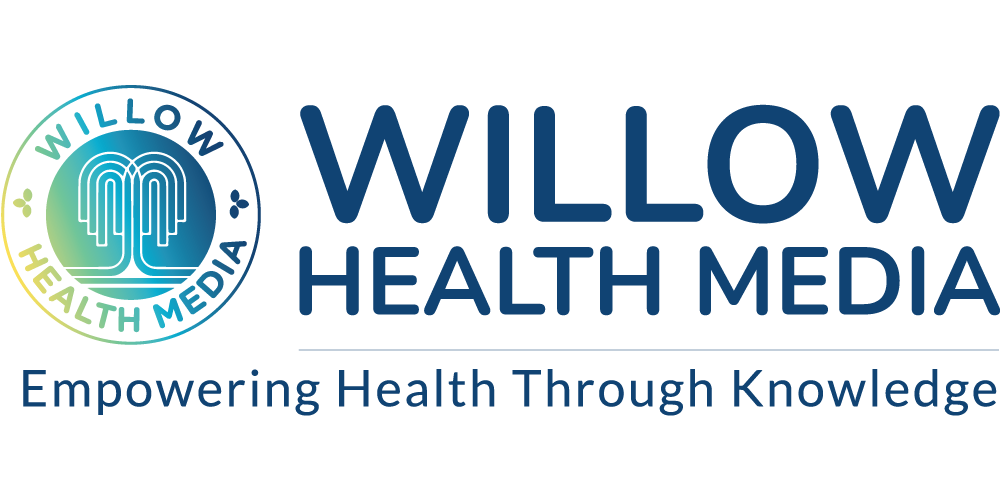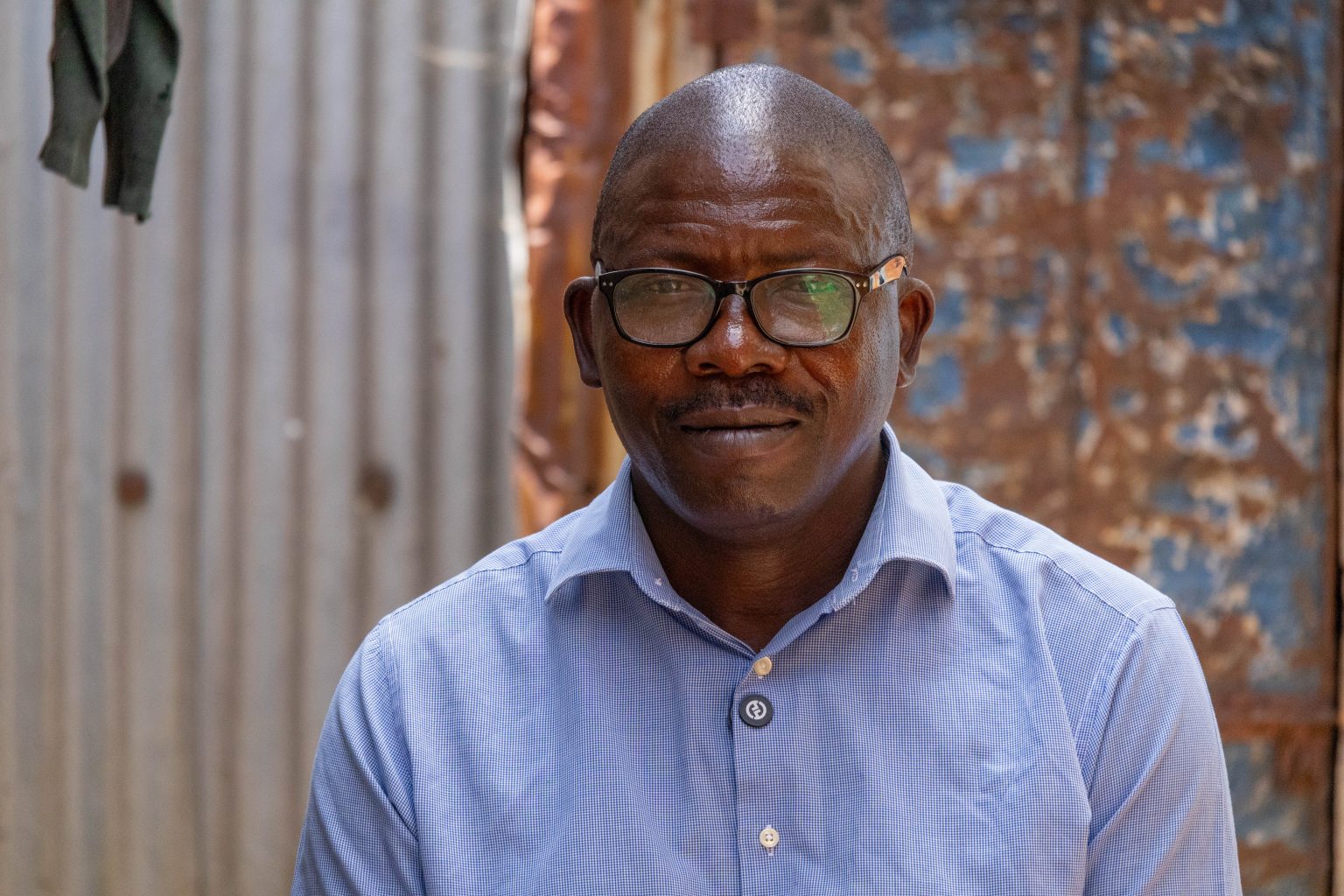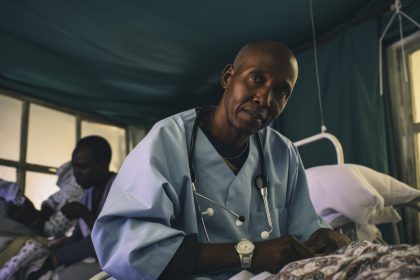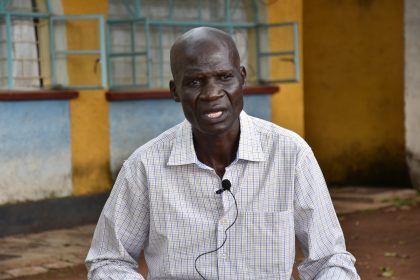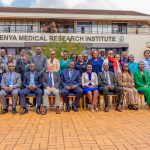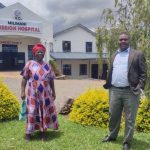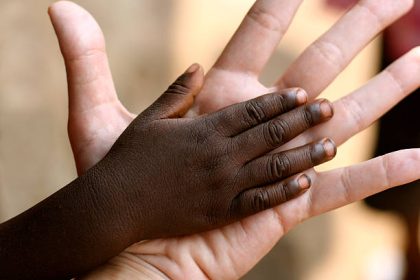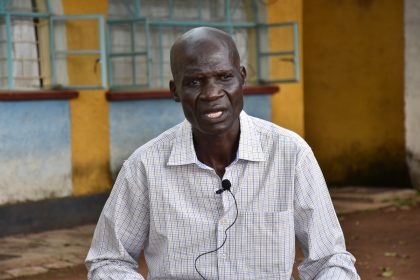Since the USAID aid freeze, the slum clients he knew by name—single parents, hustlers, survivors—now miss medications, chasing meals.
Joseph Okutoyi, a former counsellor at Liverpool VCT in Nairobi, was among the over 40,000 Kenyans who lost their jobs with the suspension of donor funding for the United States Agency for International Development (USAID) in January 2025.
The freeze in donor aid not only put countless careers at risk, but also affected critical initiatives, jeopardising years of progress in HIV treatment and public health.

Okutoyi, a father of five, lived in Umoja Innercore, but “when things started changing”, his wife advised that they move houses to the more affordable Sinai area of Viwandani ward in Makadara, Nairobi County.
The previous tenant was his cousin, who got a job in South Sudan. Okutoyi stays with his three boys and one daughter while his wife relocated upcountry with one daughter.
As a counsellor, Okutoyi said he has worked with several organisations, most recently Liverpool VCT. “I started at Redeemed Gospel Church in Huruma after training, then moved to MSF (French Clinic), and later with HF for a short time,” he added.
The USAID funding freeze has greatly affected his close interaction with clients at LVCT. Most were also slum dwellers and sole breadwinners who often forgot about their medication while focusing on bread-and-butter issues.
Okutoyi still works as a counsellor, often unpaid, despite job applications
In 2023, PEPFAR provided life-saving antiretroviral treatment to nearly 1.3 million Kenyans. It also offered HIV testing and counselling to over three million people, supported more than 600,000 orphans and vulnerable children, and employed around 43,000 healthcare workers nationwide. At the end of 2024, just months before US President Donald Trump’s funding freeze, more than $174 million for HIV funding remained undisbursed.
Okutoyi thinks hiring more community health promoters by the government could fill the gap left by the USAID funding freeze. He still works as a counsellor, often unpaid, despite job applications. He has considered starting his own practice, but lacks enough capital.
Since 2000, substantial funding has been allocated to Kenya’s health sector. The majority supported HIV programs, with smaller portions dedicated to malaria, family planning, nutrition, maternal and childcare, and general health. Other areas included water and sanitation, pandemic response, tuberculosis, and additional public health needs.
Josephine Barasa, another Kenyan impacted by the funding freeze, began as a mentor mother at Kangemi Health Centre and Kangemi Gichagi Dispensary in Nairobi. She worked with USAID from 2016 until the freeze in January 2025.
“I chose to work with young women as teenage mothers coming to our health facility for help after dropping out of school, who needed counselling on how to go about their lives,” said Josephine.
Josephine urges laid-off workers to persevere and seek counselling, calling this a temporary challenge
Josephine grew passionate about fighting gender-based violence, seeing it as a way to help the young women who relied on her. Despite the funding freeze and stop work order, she kept volunteering at both health facilities, driven by her commitment to the community.
Kenya’s maternal and child health funding grew significantly between 2008 and 2024, with U.S. support increasing dramatically before plummeting during COVID-19. Just as funds were beginning to rebound, they were frozen, coinciding with Kenya halving its budget for free maternity services.
Josephine urges laid-off workers to persevere and seek counselling, calling this a temporary challenge.
US funding has long been key to Kenya’s healthcare workforce development. Its withdrawal risks critical staff shortages, and according to Health Principal Secretary Mary Muthoni, Community Health Promoters (CHPs) have now been positioned to spearhead Kenya’s Universal Health Coverage (UHC) plan and tasked with expanding basic healthcare access to the grassroots.
But some CHPs are out of work following the freeze in US funding, casting doubt on the long-term stability of primary healthcare services.
Sheringham Elisha, a CHP, was only laid off after two and a half months this January, which “was a big blow because I was told to stop working immediately.”
After the job loss, Elisha sought counselling services to manage his mental health
Elisha, a linkage assistant for Tuberculosis and chest x-ray, lives with his family of five in Dandora estate, Nairobi County. After the job loss, Elisha sought counselling services to manage his mental health at Mathare North Health Centre, where he was employed and later volunteered his services until he was offered “a contract of three months only for July, August and September.”
Uncertain about the future after three months, he remains hopeful. Together with fellow Community Health Promoters, he plans to fight for their rights and fill the healthcare gap left by laid-off workers
Kenya records 133,000 TB cases yearly, as per the National TB Program 2022 Annual Report. With support, deaths fell sharplyfrom 75,000 in 2010 to 23,000 in 2023, but donor withdrawal threatens progress, shifting care burdens to families.
Pending US commitments total $10.7 billion at the end of 2024, thus jeopardising the cutting of critical TB support.
The cuts in USAID funding threaten TB control, malaria programmes, HIV/AIDS initiatives, maternal/child health, immunisation and emergency response efforts.
For two decades since 2001, malaria has ranked as Kenya’s second-best funded health sector, as the U.S. invested $497 million in the top 20 malaria programmes. Annual support held steady at $27 million-$30 million from 2022 until the 2024 freeze, sustaining vital prevention and treatment efforts.
According to a Report, Impact of the US Government Stop Work Order in Kenya, by the Ministry of Health, Kenya’s national health programmes need Ksh80.5 billion, with Ksh24.9 billion (31 per cent)coming from U.S. funding.
Kenya must boost domestic health funding now, PS Muthoni warns. With foreign aid shrinking, all sectors – government, businesses and NGOs – must collaborate to create sustainable financing solutions.
This crisis is our chance to rebuild a self-reliant, equitable health system powered by local resources rather than donor dependence.
